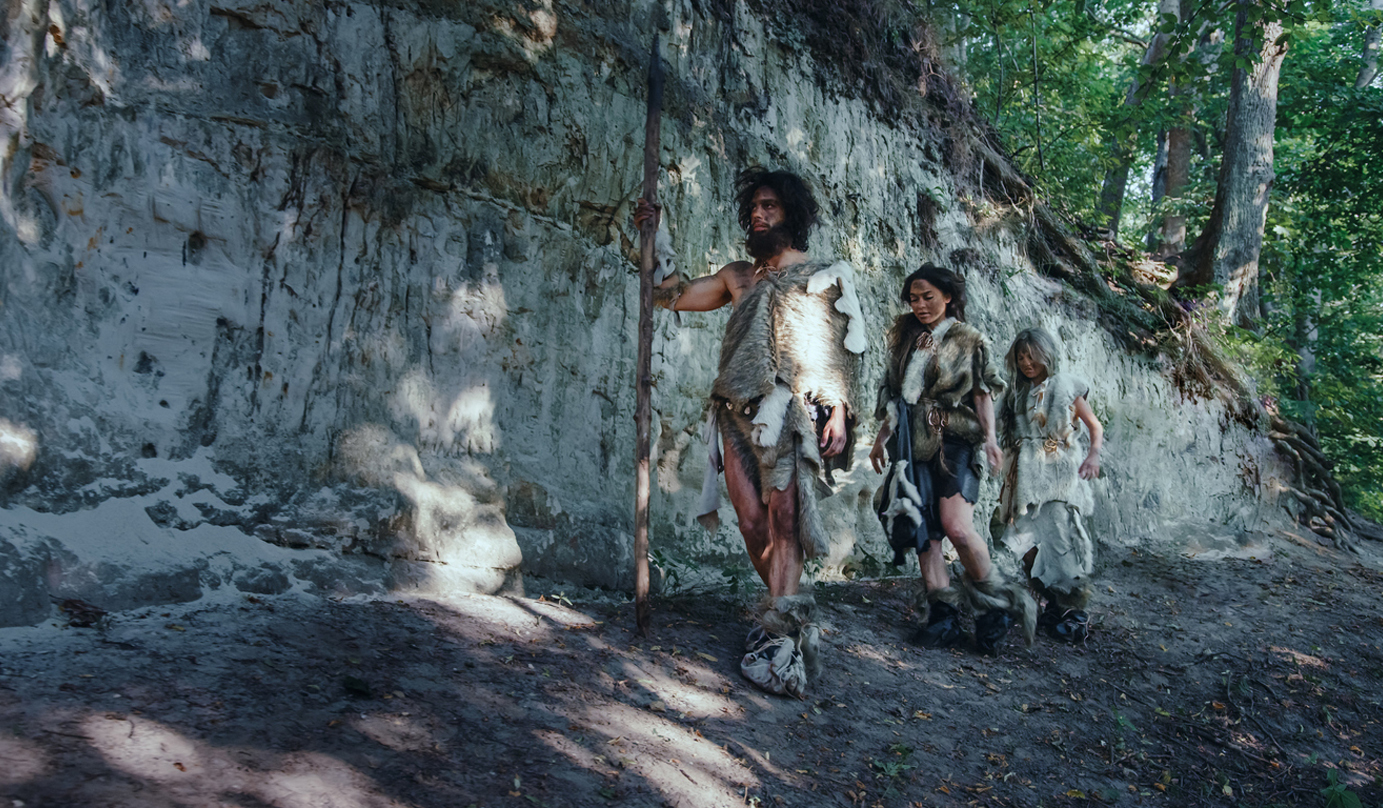
The history of the first humans wasn't documented. Thanks to scientists and their research in genealogy, we can learn more about early humans. Many people believe that humans share a common ancestry with apes and then morphed into what we're today. Let's explore the human lineage.

The earliest hominids evolved from apes. They could stand upright when apes couldn't. Ape hands were made for climbing, but human hands were made for building and using tools. These early humans couldn't make tools. They lived by gathering and eating plants. They might have eaten some meat by scavenging dead animals.

About 2 million years ago, the first true humans appeared. They followed food sources and set up camp as needed. Although this group made stone tools, they were still pretty basic and archaic. This was the first time that small groups gathered together. They learned that staying together gave them protection and helped them be more efficient.

Scientists are pretty sure that Homo habilis built campfires. But they didn't know how to make fire. Since they did not have fire-making skills, they had to wait until they found something burning from natural causes, like a log set on fire by lightning. A campfire had to be carefully watched because if the fire went out, they didn't know how to start it again. Before humans could thrive, they had to learn how to start fires and learn skills in toolmaking.

About 1.6 million years ago, Homo erectus appeared. Homo erectus was about the same size as modern humans, but their brains were smaller. They could make much better tools than the earlier humans.

Homo erectus could hunt and make fire! This changed everything. Most animals were afraid of fire, so a campfire gave protection. It changed the way they prepared food. Instead of eating raw food, these people began to cook their food. Cooked food is much safer from diseases and softer to eat. So it would have been easier for the young and the old to survive.

Homo erectus were the first to look like us because their teeth and jaws were shaped like ours. By about 500,000 BCE, there were two species of humans; Neanderthals and Homo sapiens.

Neanderthals were different from other early humans. They are hominin relatives of early humans. They were much taller and very strong. Their brains were larger than ours as well. They were great hunters.

Homo sapiens were hunters and gatherers. They made stone tools, bone needles, and bone fishhooks. They also had advanced axes and they used flint tools. They sewed clothes from animal skins with thread made from other parts of the animal. These are our true ancestors. We're still today classified as Homo sapiens!

The Neanderthals died out around 30,000 BCE. They may have married and mixed with other groups, and as time passed, they were no longer a separate species. Other scientists believe that the Neanderthals were replaced by the Homo sapiens.

Until about 10,000 years ago, humans lived as happy hunter-gatherers. They lived in small groups and moved to follow their food. However, farming changed everything.

For the first time, humans learned to grow their own food. They didn't have to move around anymore. They settled around their crops and trained animals to work for them. They built stronger homes. They began to plan their cities and placed their homes along cobblestone streets. They learned to forge metal tools for the first time in history.